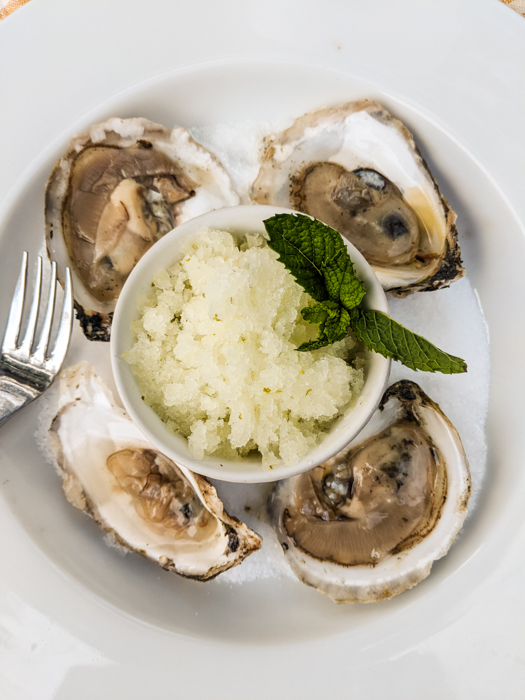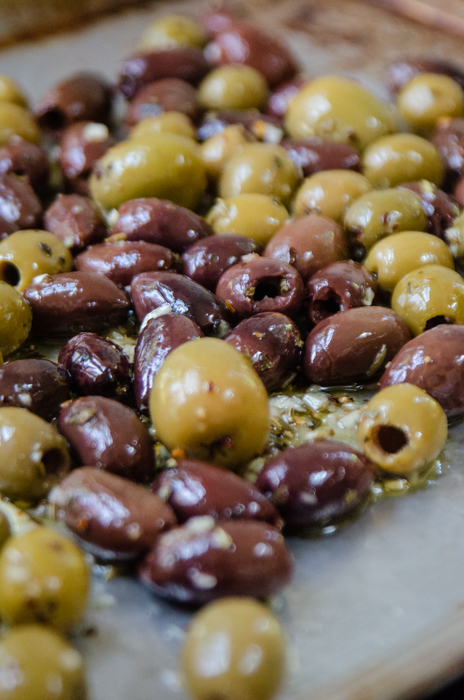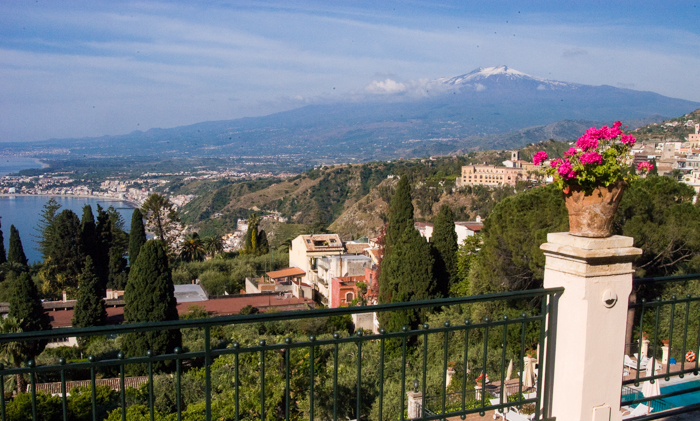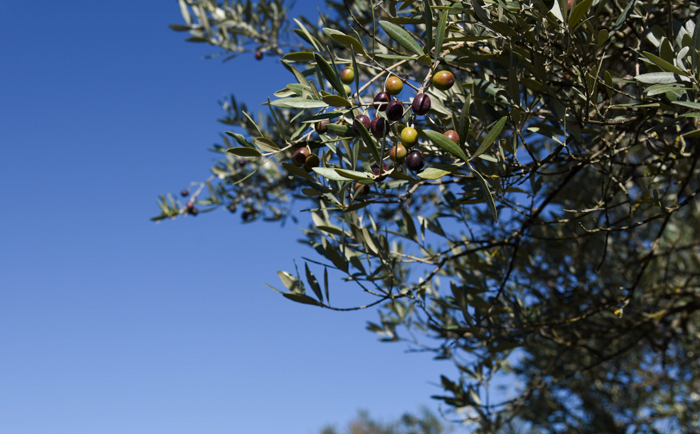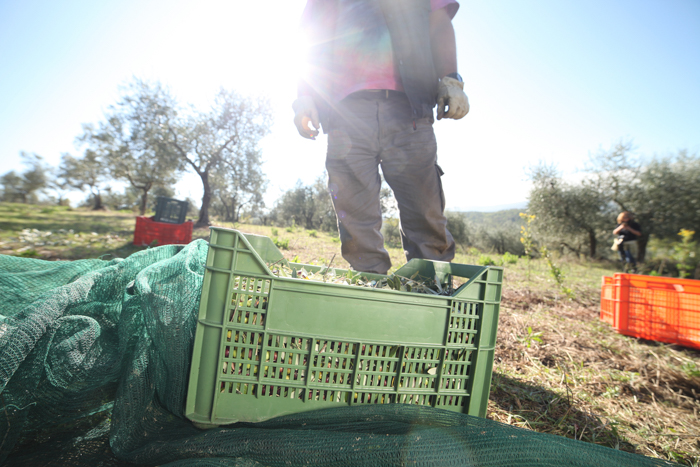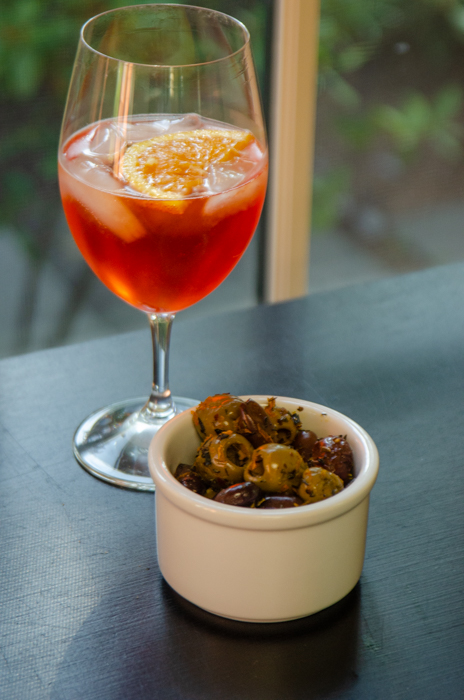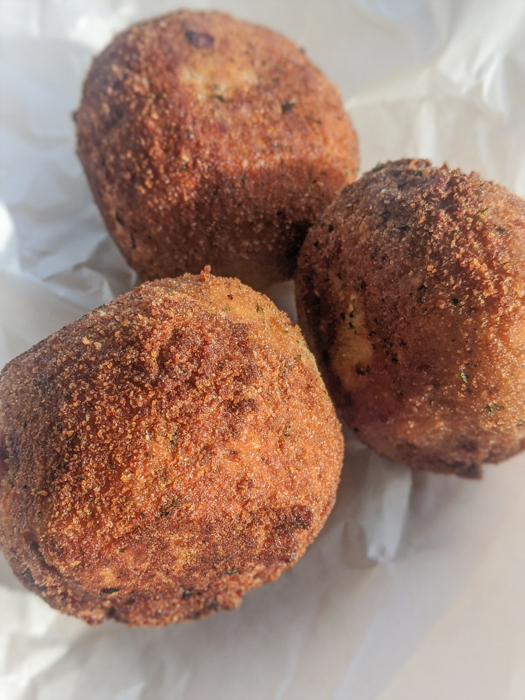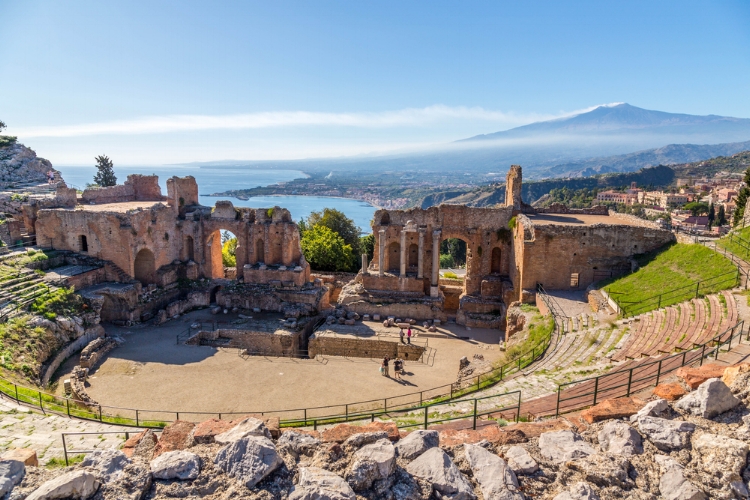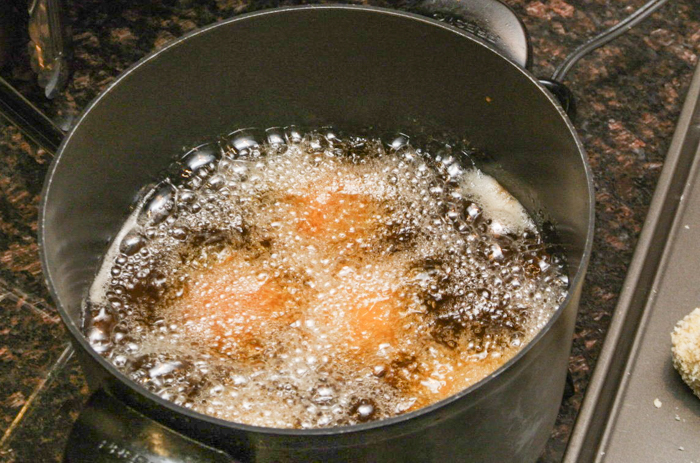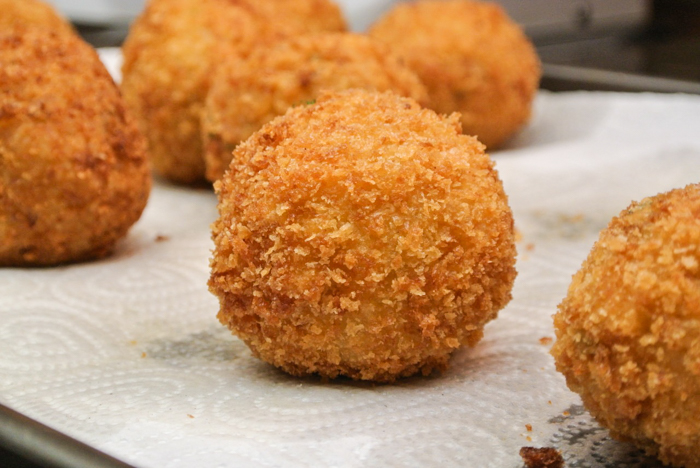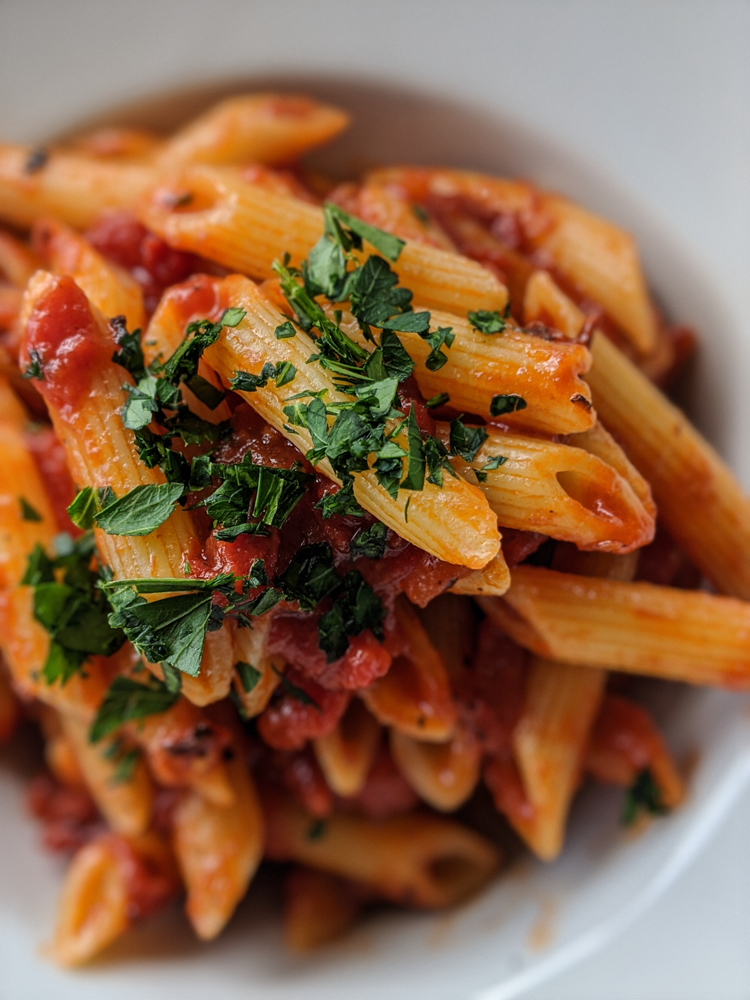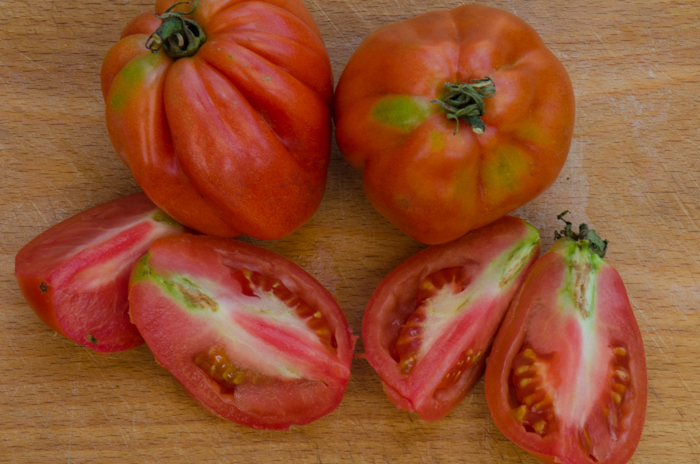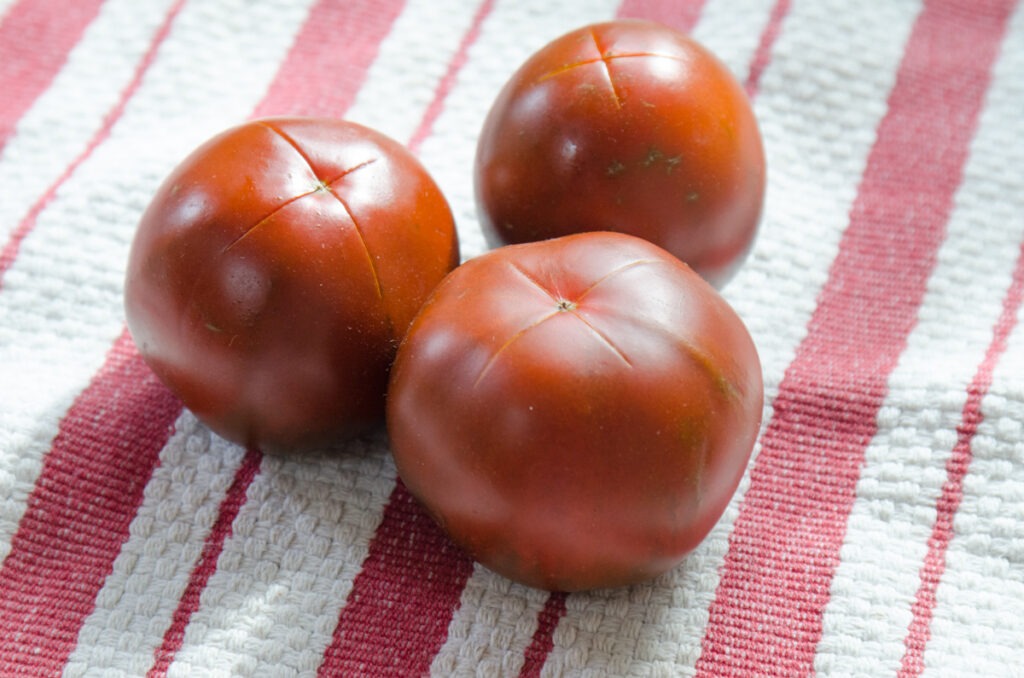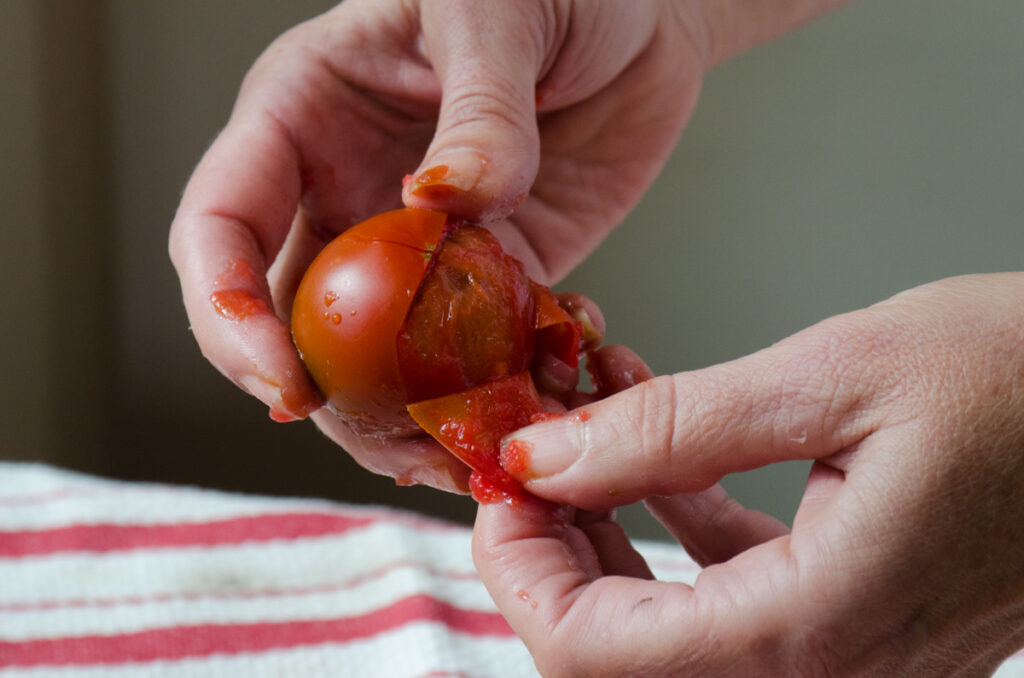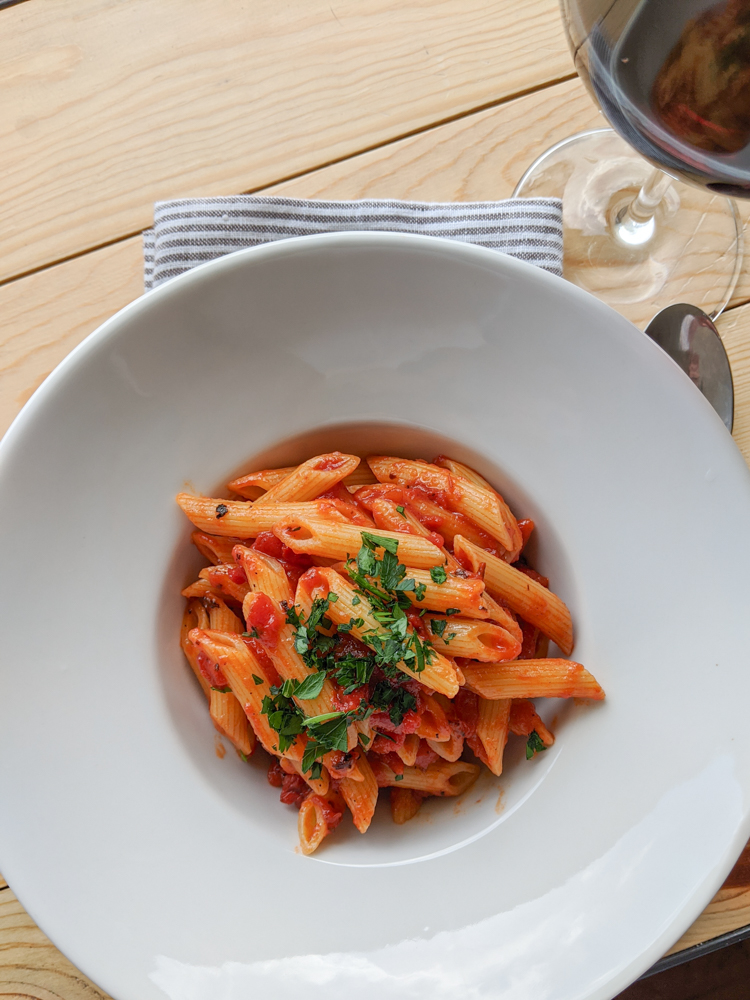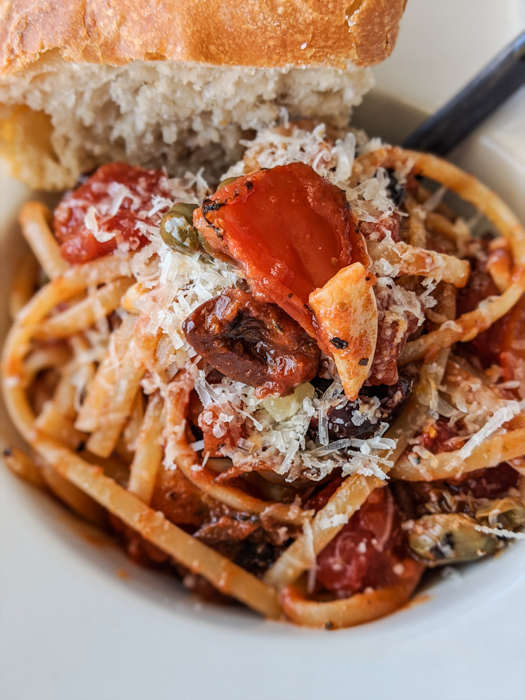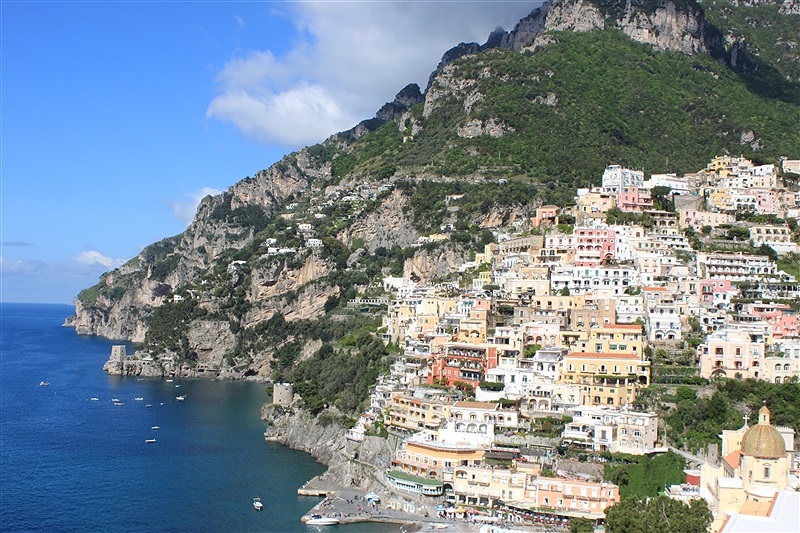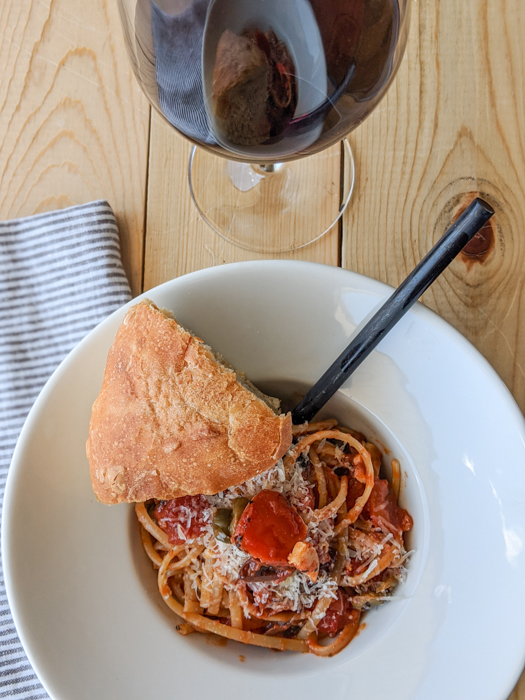
During these hot summer days, dreaming of Italy travel that unfortunately won’t happen until 2021, I’m finding solace in my kitchen with favorite recipes. For Sicilians – and wishful future visitors like myself – summer is incomplete without the opportunity to enjoy the intense flavors and welcome coolness of a granita. Not an ice cream nor gelato; probably closest to a sorbet, a granita is typically fruit juice, water, and sugar, frozen and served with a grainy consistency – imagine a sophisticated slurpee.
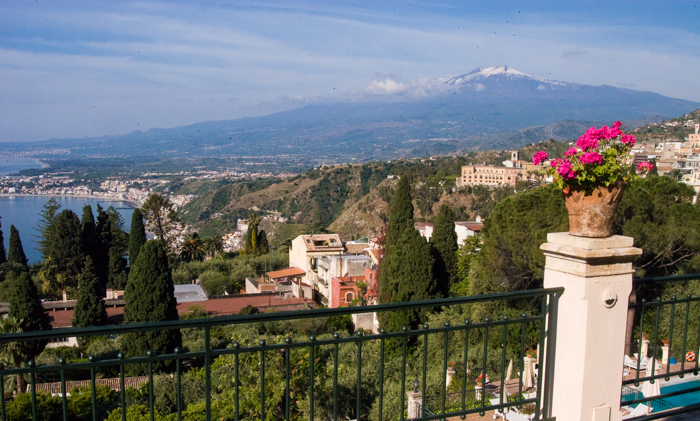
The origins of granita date back thousands of years to ancient Mesopotamia, where servants were dispatched to travel long distances to fetch snow and ice for cooling royal drinks. Eventually the Romans brought the practice to Sicily. During the warmer months, Sicilians would buy snow from Mount Etna and the Nebrodi mountains from the nevaroli, men who collected it in winter and stored it in caves on the mountain to prevent it from melting. Packaged in jute bags and covered with straw, the snow was transported down the mountain aboard carts or mules, ready to cool thirsty town-dwellers. With the Arab conquest of Sicily, sugarcane and lemons were introduced to the island, and the locals began mixing in honey, as well as aromatic herbs and spices, together with the snow, creating sherbet.
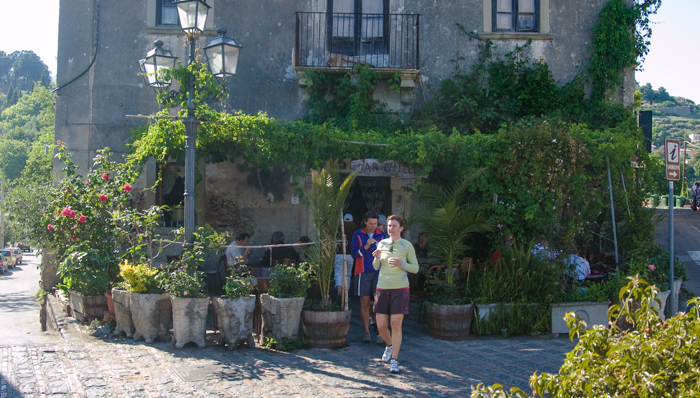
In the 16th century, Sicilians came up with an early version of a ice cream maker for making frozen treats, called a pozzetto. A pozzetto was a wooden vat with a zinc bucket inside; water, fruit juice and honey or sugar would be placed in the zinc bucket, while a blend of snow and sea salt would go into the space between the two containers to freeze the mixture the bucket. Eventually, manually operated blades were added to the bucket to keep the frozen mixture constantly moving, to prevent large ice crystals from forming, and providing the perfect texture for a granita.
Today granita in Sicily comes in a wide variety of flavors and each region has its own specialty. There are so many ways to enjoy a cold granita, so I’ve selected two recipes to share with you which really demonstrate how diverse a dish this is.
One of the most widespread traditions across Sicily is to enjoy your granita with a brioche or brioscia, a sweet yeast pastry topped with a ball called a tuppo, calling to mind the traditional low bun hairstyle that Sicilian women used to wear. Once only served at breakfast, nowadays granita and brioche are enjoyed at any time of day. The granita is amazingly simple; you don’t need to use any special equipment. I left the heavy lifting of a great brioche/croissant to the expert bakers at a favorite pastry shop.
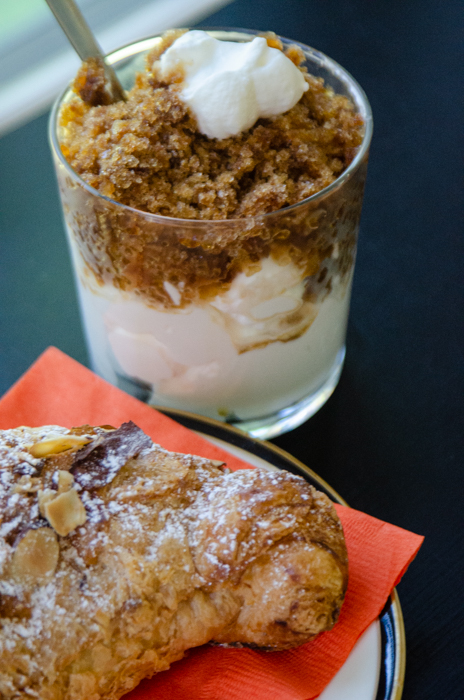
Caffe di Granita
Serves 6
2.5 ounces (1/3 cup) superfine sugar
1 cup and 2 tablespoons water
3 cups extra strong coffee
1 cup whipping cream, whipped
Heat the sugar with the water in a pan over a low heat, stirring occasionally until dissolved. Add the coffee, stir and set aside until completely cooled.
Pour the mixture into a freezer-proof container and place in the freezer for 2 hours or just over, stirring every 20 minutes to give it a granular texture. Serve in dishes or glasses and decorate with whipped cream. If it freezes solid, you can just scrape it with the tines of a fork to create the preferred granular texture.
And now for something completely different. Researching recipes for our Newburyport Wine Club for this month’s food pairing – Oysters and Wine – I came across this wonderfully refreshing way to enjoy freshly shucked oysters. Enjoy with a Etna Bianco white blend from Sicily. The wines from Etna are garnering more and more international attention, the Etna Bianco are blends of several indigenous grapes from Sicily, including Carricante, Catarratto, Grecanico, Inzolia and Minnella.
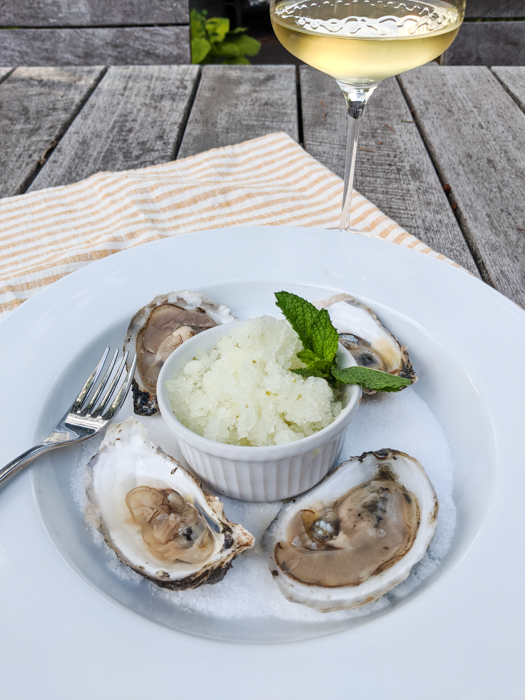
Cucumber-Lime Granita
Serves 4 – 6
2/3 cup (5 oz./155 g) sugar
Finely grated zest of 1 lime
1/4 teaspoon salt
1/2 cup (4 fl. oz./125 ml) fresh lime juice
3 mint sprigs, plus more for garnish
1 large English cucumber (about 12 oz./375 g)
4 – 6 lime slices (optional)
6 freshly shucked oysters per person
In a saucepan, combine 1 cup water, the sugar, lime zest and salt. Place over medium heat and heat, stirring, until the sugar dissolves, about 2 minutes. Raise the heat to high and bring to a boil, then remove from the heat. Add the lime juice and mint and let cool completely.
Meanwhile, peel the cucumber, halve lengthwise and scoop out the seeds with a small spoon. Chop the cucumber flesh and place in a blender.
Remove the mint sprigs from the sugar mixture. Add the sugar mixture to the cucumber in the blender and process to a fine puree.
Pour the mixture into a shallow metal baking pan. Place in the freezer and freeze, whisking every 30 minutes, until semifirm, about 3 hours. Cover with plastic wrap and return to the freezer without stirring until frozen solid, at least 8 hours or up to 24 hours.
If you like, at least 1 hour before serving, place 4 – 6 ramekins in the freezer. To serve, using a fork, scrape the surface of the granita into fine ice crystals. Scoop the granita into the frozen ramekins. Place a lime slice on the rim of each glass, if you like, garnish with some mint and serve immediately, alongside 6 shucked oysters per person.
